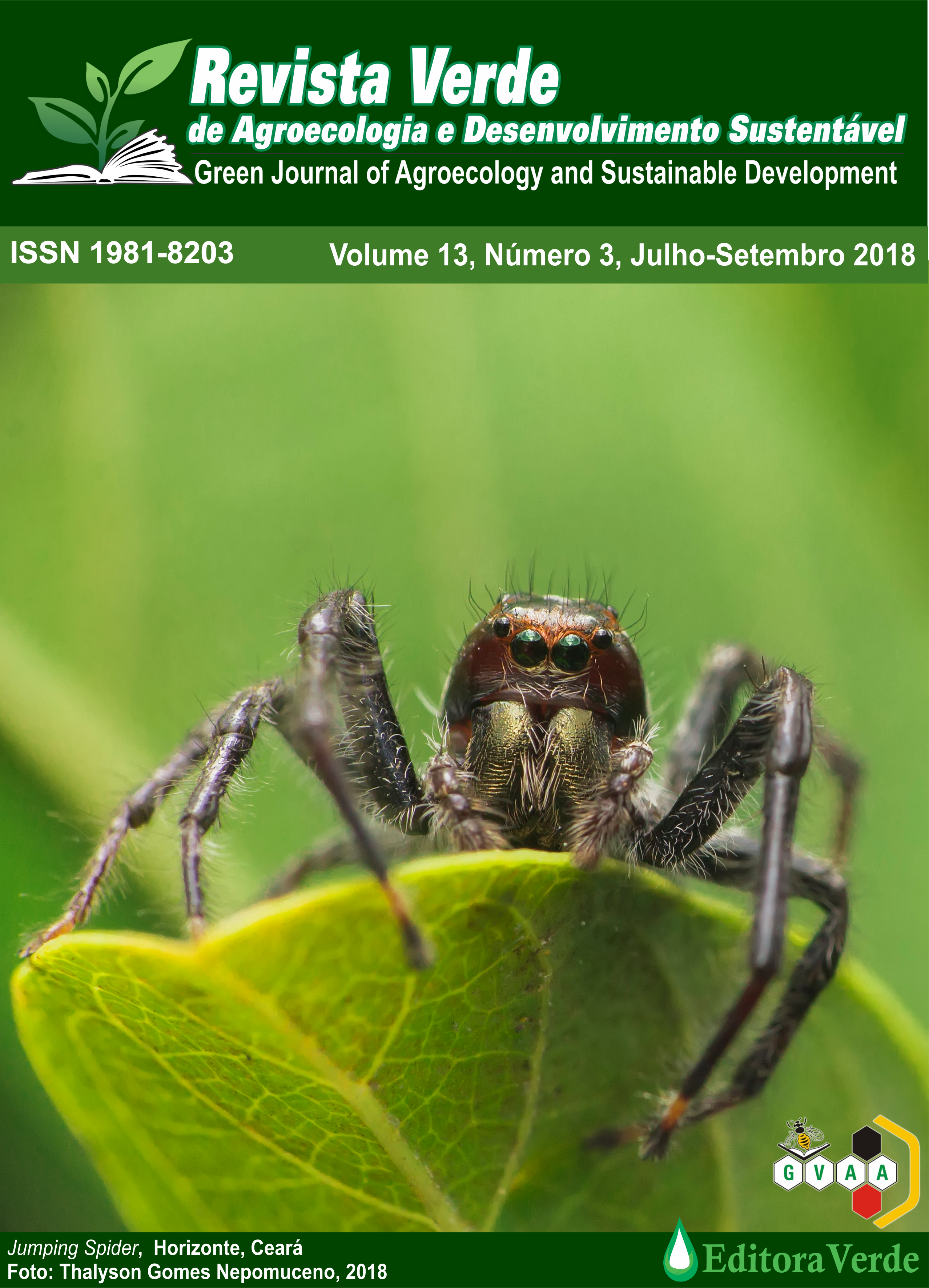Quality of granular seeds collected in commercial establishments in the State of Santa Catarina, Brazil
DOI:
https://doi.org/10.18378/rvads.v13i3.5708Keywords:
Quality control, Physical purity, Germination.Abstract
Grain production plays an important role in Brazilian agriculture. The main crops produced are soybeans and corn, followed by rice, beans and wheat. The State of Santa Catarina is responsible for much of the grain production in the southern region of the country. In this context, the use of quality seed ensures a better establishment of the crop and, consequently, greater productivity. Seed production and commercialization are determined by Law, guaranteeing the quality and identity of the seeds, dividing them into categories (Certified C1 and C2), and outside the certification system (S1 and S2). In addition to the categories, there are minimum criteria for the marketing of seeds such as: physical purity, germination, number of seeds of other cultivated species, number of wild seeds, number of noxious seeds tolerated and prohibited. In order to guarantee the established minimum standards, there is the external quality control system (CEQ), carried out by government agencies, in the seed lots of commercial establishments. Santa Catarina exercises the CEQ of the seeds commercialized through the Integrated Company of Agricultural Development of Santa Catarina (CIDASC). The objective of this study was to evaluate the physical and physiological quality of soybean, corn, rice, wheat and bean seeds collected from commercial establishments in the state of Santa Catarina during the period from 2013 to 2015. A total of 62 soybean seeds, 13 rice samples, 23 maize samples, 18 wheat samples and 20 bean seed samples were collected and submitted to the Official Laboratory (LANAGRO) for analysis, the physical purity, germination and determination of other seeds by number. The seed lots collected during the period are within the limits established in the legal standards, specific for each species, for the quality criteria evaluated.Downloads
References
BARROS, A. S. R.; MARCOS FILHO, J. Testes para avaliação rápida do vigor de sementes de soja. Revista Brasileira de Sementes, v. 19, n. 2, p. 288-294, 1997. DOI: https://doi.org/10.17801/0101-3122/rbs.v19n2p288-294
BAUDET, L. M; PESKE, S. T Controle Interno de Qualidade. Brasília, DF: ABEAS; Pelotas, RS: Universidade Federal de Pelotas/Departamento de Fitotecnia, 2006, 40p.
BRASIL, Instrução Normativa nº 45, de 17 de setembro de 2013. Diário Oficial da República Federativa do Brasil, Ministério da Agricultura, Pecuária e Abastecimento, Brasília, DF, 20 set. 2013. Seção I, 38p.
BRASIL, Lei de Sementes e Mudas nº 10.711/2003 de 05 de agosto de 2003. Ministério da Agricultura e Reforma Agrária, Brasília, DF, 05 ago. 2003, 22p.
BRASIL. Decreto nº 5153, de 23 de julho de 2004. Aprova o Regulamento da Lei Nº 10.711, de 5 de agosto de 2003, Que Dispõe Sobre o Sistema Nacional de Sementes e Mudas - SNSM, e Dá Outras Providências. Brasília: Diário Oficial da União, 26 jul. 2004.
BRASIL. Ministério da Agricultura, Pecuária e Abastecimento. Regras para análise de sementes. Secretaria de Defesa Agropecuária. – Brasília: M 2009.
CONAB, COMPANHIA NACIONAL DE ABASTECIMENTO. Acompanhamento da safra brasileira de grãos 2016/17 – Quinto Levantamento - Fevereiro/2017. Brasília: CONAB, 2017, 152p.
EPAGRI, Empresa de Pesquisa Agropecuária e Extensão Rural de Santa Catarina. Síntese Anual da Agricultura de Santa Catarina 2015/16, Florianópolis: EPAGRI, 2016, 188p.
FRANÇA NETO, J. B. F.; KRZYZANOWSKI, F. C.; HENNING, A. A. Qualidade da semente de Soja e sua importância na produtividade. Londrina: Embrapa Soja, 2011. 425p.
PESKE, S. T. O mercado de sementes no Brasil. Seed News, v. 20, n. 3, p. 1-3, 2016.
VIDAL, A. P. Legislação brasileira de sementes: aplicação eficácia na garantia da qualidade de sementes de soja. Dissertação (Programa de Pós-graduação em Agronegócio). Universidade de Brasília/Faculdade de Agronomia e Medicina Veterinária, 2012, 130p.
Published
How to Cite
Issue
Section
License
Copyright (c) 2018 Ricardo Miotto Ternus et al.

This work is licensed under a Creative Commons Attribution 4.0 International License.













